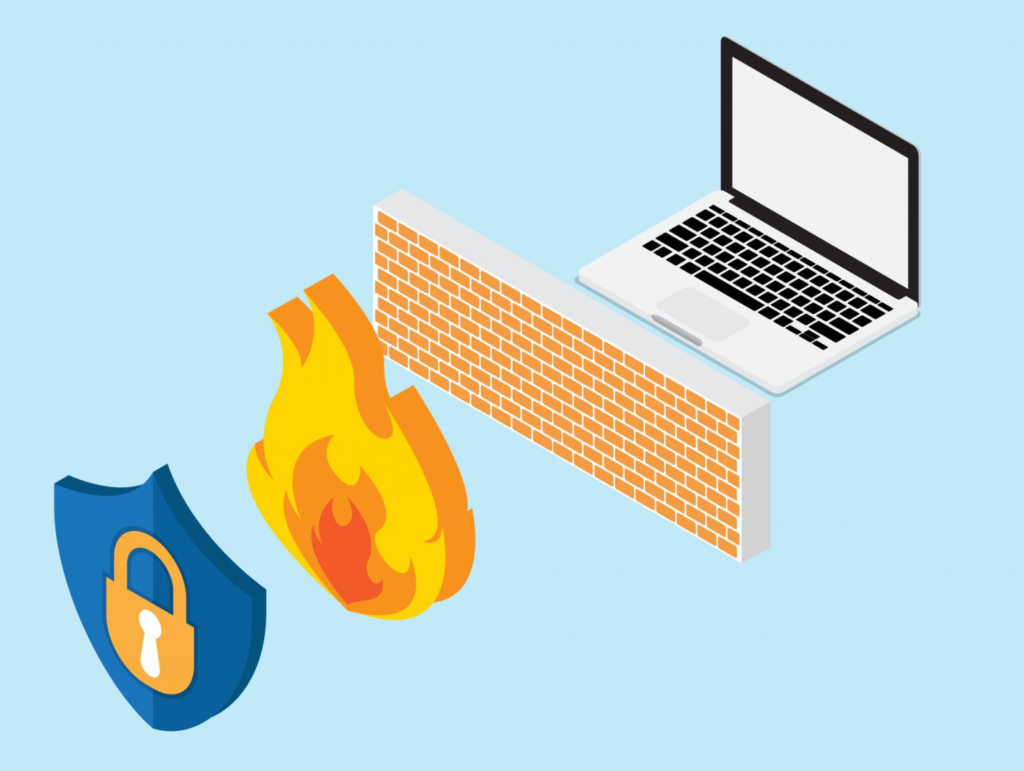During the past two years, companies have had to switch to remote or hybrid work processes in cloud-based systems. Hence, web application security teams have had to adapt and keep up with the increasing security threats. Unlike internal applications with limited access, web applications are accessible by all with a stable internet. This includes hackers too. In fact, someone could be trying to hack into your web application right at this moment.
There are numerous effective methods to ensure your web applications are safe at all times. However, let’s first go through some common threats to understand how different threats can affect your web applications.
Common Vulnerabilities of a Web Application
Vulnerabilities are internal weaknesses of a web application that an outside threat can manipulate or steal data from.
Here are the most common threats that can be used to manipulate data or to hack into your system-
- Cross-site scripting or XSS:
This attacks the users of a web application by changing the content of the page, injecting trojans, or gaining access to the user accounts.
Another, more critical, variation of this is the stored XSS where dodgy codes are injected into the application constantly. These can be used to display malicious scripts to the users of the application.
- SQLi:
SQL Injections are used to manipulate backend databases via malevolent codes. These result in unauthorized access to the attackers, deletion of important data, and inaccurate data listings.
- Cross-site Request Forgery:
One of the most dangerous attacks, CSRF can result in password changes, unwanted transfer of money, and data theft or manipulation.
- Remote File Injections:
Like XSS, malicious files are injected into a web application; compromising the server.
Practices That Can Improve the Security of Your Web Applications
There are many ways that can help you secure your web applications against all kinds of potential threats. Here are some practices that you can adopt to remove or at least minimize the threats as much as possible.
1. White Hat hackers
This can raise some eyebrows but think about it; who can figure out the weak spots in a web app better than hackers themselves? Employing ethical hackers or white-hat hackers to tighten the security of your web app can truly protect you from malicious hackers.
Also read:- Hiring A Java Development Company
They can find the blackholes and close them up before they are discovered by criminals or unethical hackers. However, be cautious about who you hire for this. Make sure you check their credentials and talk to their previous employers before you hire them.
2. Secure your Cloud

If you run business-critical applications in the cloud, it is essential that you understand the security implications of various private, public and hybrid cloud systems. Most companies today use a variety of SaaS apps as well as cloud platforms supported by the Big 3 cloud vendors – Amazon AWS, Microsoft Azure and Google Cloud.
It is important to understand that public cloud security is a shared responsibility between yourself and your vendor. It does not offer the same level of control as private clouds but again you have the support and experience of the cloud provider behind you – you don’t have to go extra lengths for security basics such as multi-factor authentication and masking of personally identifiable information (PII).
3. Be picky about which host you work with
Even the world’s best security tools can’t help you if the host service you use isn’t secure enough. Besides meeting your unique business requirements, look for a host that has less downtime and a good technical support team. Below are some questions you need to ask of them before settling down with one-
- Does the host service offer file backups to remote servers?
- How well do they keep up with security upgrades?
- How prompt is their technical support team?
- Do they offer a Secure File Transfer Protocol or SFTP?
- Are FTPs by unknown users disabled?
These are just some of the basic requirements that you should consider while deciding on a web host. Compromising on any of these parameters can make your web application more susceptible to attacks.
4. SSL or TLS Encryptions on Login Pages
If you sell or promote your services via a website, you need an SSL or TLS encrypted URL. The HTTPS encodes the data sent from your web browser to the web server while preventing third parties from accessing data while in transit.
Another thing to be noted is that if your website doesn’t have a valid SSL certification, it can get flagged down by web browsers as unsafe; preventing people from accessing your website. Hence, SSL or TLS encryption should be non-negotiable for your website.
5. Sanitize and Corroborate user Inputs
Not every user input is reliable. Sanitizing and verifying every user input is important to eradicate attacks like SQL injections, XSS, and other malicious injections. How to verify the inputs though? This can be done by creating a whitelist or blacklist for the user inputs. Whitelisting is a more efficient way of catching the illegitimate inputs as it accepts only the pre-approved characters while rejecting all the others.
In a blacklist, you set up a system to reject specific characters. This might not be the best way as it’s not possible to come up with ALL possible characters or inputs that might harm your web application.
6. Clean & Backup Regularly
This should go without saying but sometimes businesses forget to clean and take backups of the databases. Every login attempt, plugins, add-ons, extension, and application are a doorway for threats. By deleting all unwanted files, regular cache memories, and junk files; you are closing some of the open entrances.
However, as a precaution, you should have a secure backup system in place. Word of advice- don’t store all your backups in the main server because if the main server is under attack, the backups become vulnerable too. The smart thing to do would be to have the backups on different servers to reduce the threat.
Another option is to have the backups on a cloud-based platform as they would allow you access from everywhere and storing the data is easier with them.
If you want, you can set up automatic backups to ensure the backups happen regularly.
7. Change the Default Settings on your CMS

Attackers use bots to scan websites and apps to find the weak spots. If you are running your web application with the default login credentials, user permissions, or security settings; the bots are more likely to target you. By default, some servers don’t limit the logins per day. This can be risky if you have the default “admin” or password as attackers are likely to gain access.
Likewise, change the user permissions accordingly and be careful about who you allow access to.
8. Firewalls

Persistent hacking attempts are harder to dodge as compared to single attempts. Employing a Web Application Firewall or WAF filters all inbound traffic, vets users, and notifies suspicious activities. These are similar to traditional network firewalls and use artificial intelligence to detect dubious activities on the webserver.
9. Regular Scans
To be safe, it’s better to perform security checks regularly on your web applications. It’s recommended to do a thorough scan after every major use, after system upgrades, or twice a month at least to avoid security threats. Penetration testing tools are a popular choice for regular scans.
Bottom Line
Businesses now rely wholly on technology to market their services. From small to medium businesses to large enterprises, web applications are a popular method to attract new customers and partnerships. Amid all the benefits, it’s easy to forget just how big the security threats are with a web application.
Also read:- write for us tech
Also read:- Technology write for us
Also read:- write for us technology blogs
If you want to protect your application, these are some of the most effective methods to reduce the chances of getting hacked. It’s up to you to decide which ones would be most beneficial for your business.
Author Details:
This is Aryan, I am a professional SEO Expert & Write for us technology blog and submit a guest post on different platforms- technootech provides a good opportunity for content writers to submit guest posts on our website. We frequently highlight and tend to showcase guests.




